
On contributory architecture
Share
In pursuing sustainable, inclusive and accessible design, architecture must give something back to the human condition, according to HDR’s Australian design principal Simon Fleet.
As we near the end of a frankly climactic and colourful, albeit chaotic, year, wherein the need for climate-responsive and sustainable spaces and co-designing with Country emerged as pressing design tools, HDR’s Simon Fleet asks us to familiarise ourselves with the concept of ‘socialising’ architecture.
The Adelaide-born design principal – who labels his decision to move from engineering to architecture in university as “very wise” – believes architecture is not only personal, but highly social, and demands constant critique and self-analysis.
“I often talk my way through a design solution – at HDR, we encourage an open and transparent dialogue where everyone’s view is genuinely welcomed and can inform and improve the design outcome,” says Fleet.
The principal realises that this ideal is not always realistic or attainable; however, he advocates for ongoing evaluation, receptiveness towards numerous ways to solve a problem and extending humility wherever possible.
“I fundamentally believe that the more we socialise architecture and the more we open ourselves up to positive critique, the better the potential outcomes for maximum social impact will be,” he says.
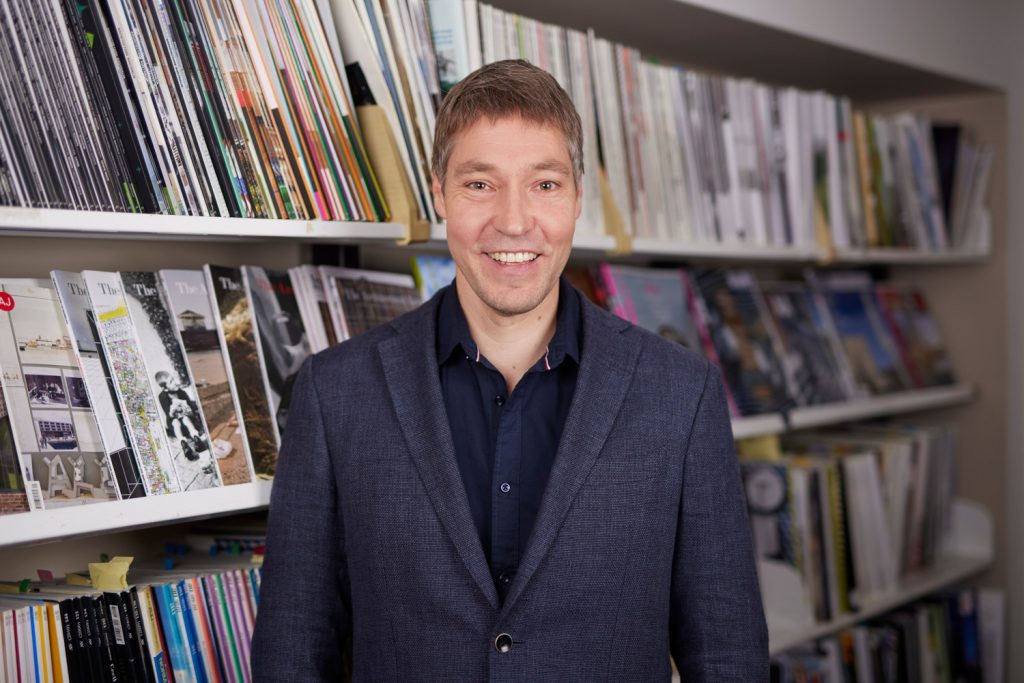
Simon Fleet
Fleet started his architecture career in his home city of Adelaide, working on the design and build of the new airport, before moving to London and gaining invaluable experience in the redevelopment of King’s Cross train station and BREEAM Excellent developments.
“London was a wonderful opportunity to deal with really meaningful architecture,” he says.
Upon arriving back in Sydney, Fleet worked with Grimshaw for several years and eventually founded his own practice. The small but tenacious team were involved in transformative work regarding urban design and urban responses to city control.
For the past three years, Fleet has been with HDR, which has seen him work on a diverse range of projects and push for a design-centric culture and the need for architecture to be contributory.
Design-driven culture
Fleet describes the inner mechanics and eventual outcomes of a design-driven culture as both simple and complex.
The principal underscores that a design-driven culture emerges when an organisation – no matter the industry – begins to perceive design as fundamental to every decision that has to be made in reaching success.
“A successful business environment is obviously defined in different ways – financial performance, staff well-being, reputation – however, a design culture at the organisational level is one where the importance of design is understood and is foundational to all decisions made,” explains Fleet.
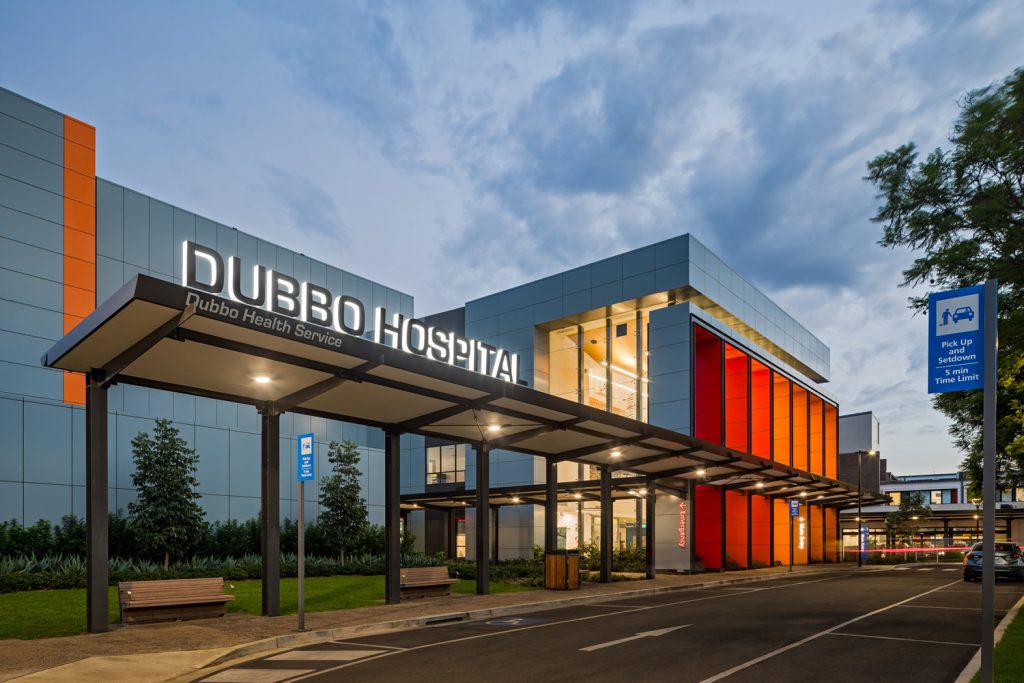
Three secrets to a successful design-driven culture
Fleet believes there are three components that are essential to upholding a design-driven culture – time, people and discourse/collaboration.
Good architecture, unsurprisingly, takes time, and in order to enable a successful and sustainable design-driven culture to thrive, space for design time must be prioritised.
“You need time to think, ponder and consider. You need time to iterate, to respond to briefs that often change – and that doesn’t always happen, so it becomes a question of priorities,” says Fleet.
He emphasises, however, that while you can schedule all the time in the world for discussion and strategy, it is imperative for an organisation to be armed with inspired, motivated and passionate people.
“Unless you have talented people that get up every single day wanting to strive for better design outcomes, you won’t get them,” says Fleet.
The principal likens architecture to a “labour of love” – a love that can be onerous and exhausting, yet immensely rewarding if people are guided by a passion to design spaces that benefit all users.
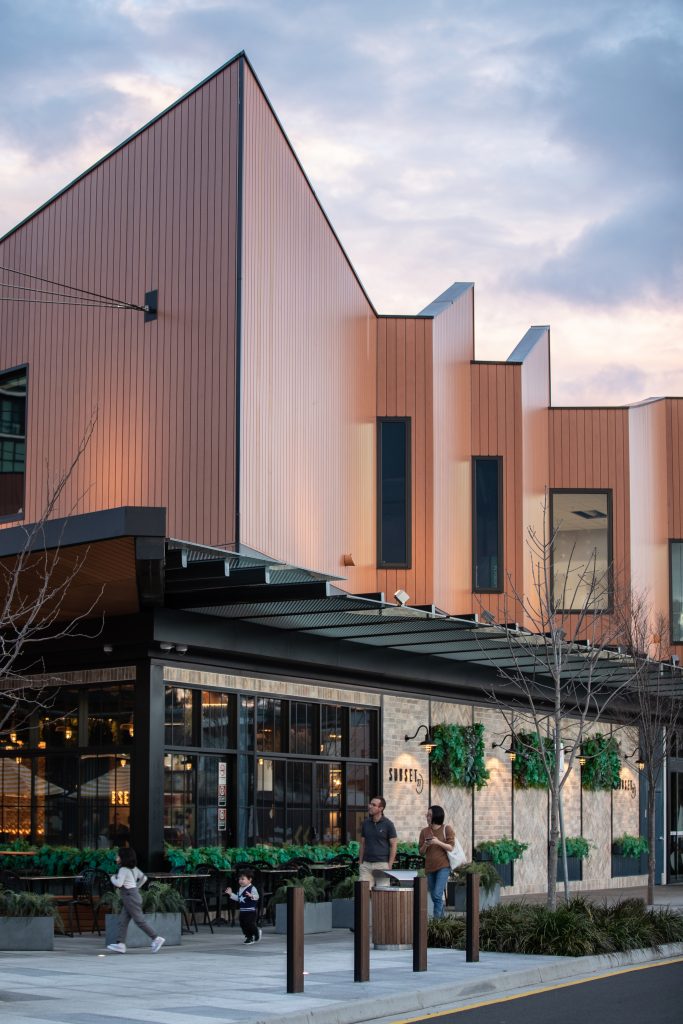
Collaboration is essential
Fleet highlights that a design-driven culture cannot function without collaboration and socialisation – a requirement made more accessible and readily embraced after the pandemic forced almost every industry to communicate online.
“After COVID and the technology that has emerged in the last few years, the ability to collaborate widely has improved socialising and widened the design circle,” says Fleet.
He explains that, at HDR, communication and collaboration with not only interstate colleagues, but also those in North America, has increased in frequency and intimacy.
“I think practices are collaborating with clients in a very different and more constant way than even five or 10 years ago,” says Fleet.
HDR is revered as the biggest global practice dedicated to healthcare design, and Fleet comments on the immeasurable rewards of communicating with teams in North America due to their refined and niche expertise – exemplified via entire practices in the US being exclusively dedicated to lab design.
“This expertise – although on the other side of the world – is an amazing resource that you simply don’t have if you have a smaller or local practice,” says Fleet.
Designing for social impact an intent
A frequently chased design outcome is to create spaces for positive social impact that benefit not just current and future users and stakeholders, but also the wider community.
And for Fleet, this outcome needs to be the intent from the beginning of a project – from the designer, architect, clients and stakeholders.
“Designing for social impact or betterment needs to be an intent – great architecture gives more than it takes,” he says.
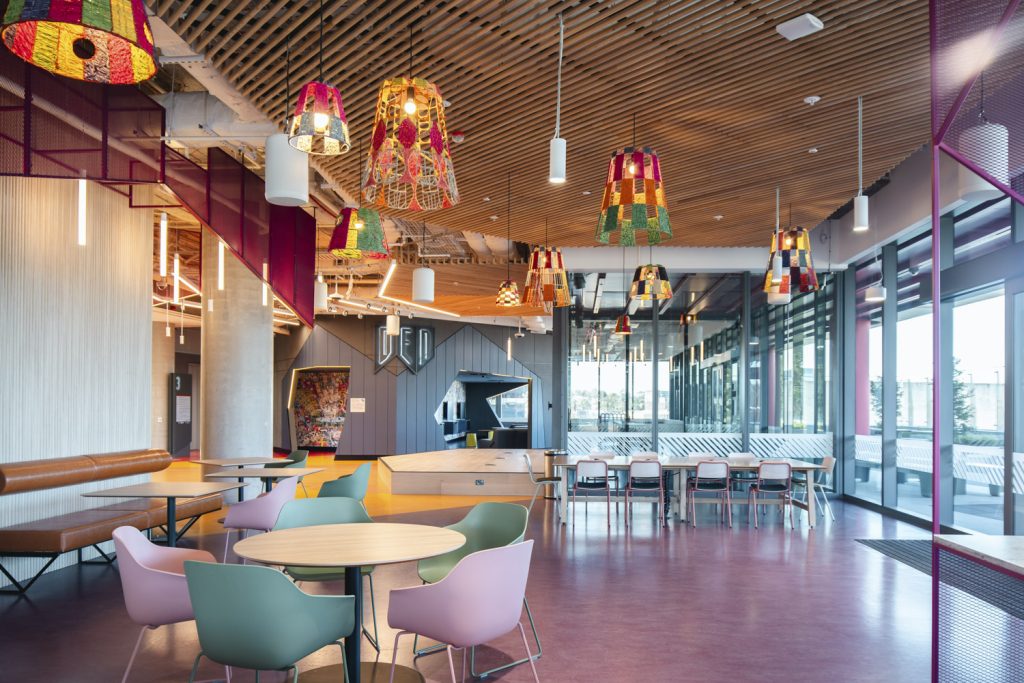
The HDR principal also believes we should design for the human condition – a goal not without its challenges.
“Designing for communities is very difficult because a community has all sorts of different definitions – a community is a social as much as a physical construct,” says Fleet.
If the intent is to design a beautifully considered building that is comfortable, safe and inviting for even one person, then great architecture generally ensures, he asserts.
Architectural intervention and innovative tools
To achieve these design outcomes that nurture the human condition, Fleet is excited by the way various tools are transforming architecture and design – placing time on our side and enriching knowledge sets.
“We now have access to data sets that essentially enable us to make quicker or better informed decisions to get to the right solution,” says Fleet.
An example he cites is a regenerative design framework that collates climate data from all around the world and equips architects with the tools and knowledge to deliver impeccable climate-responsive design.
While transformative, however, tools do not replace design.
“There’s still space for architectural intervention, but these tools can free up time for thinking, discussing, debating and iterating,” says Fleet.
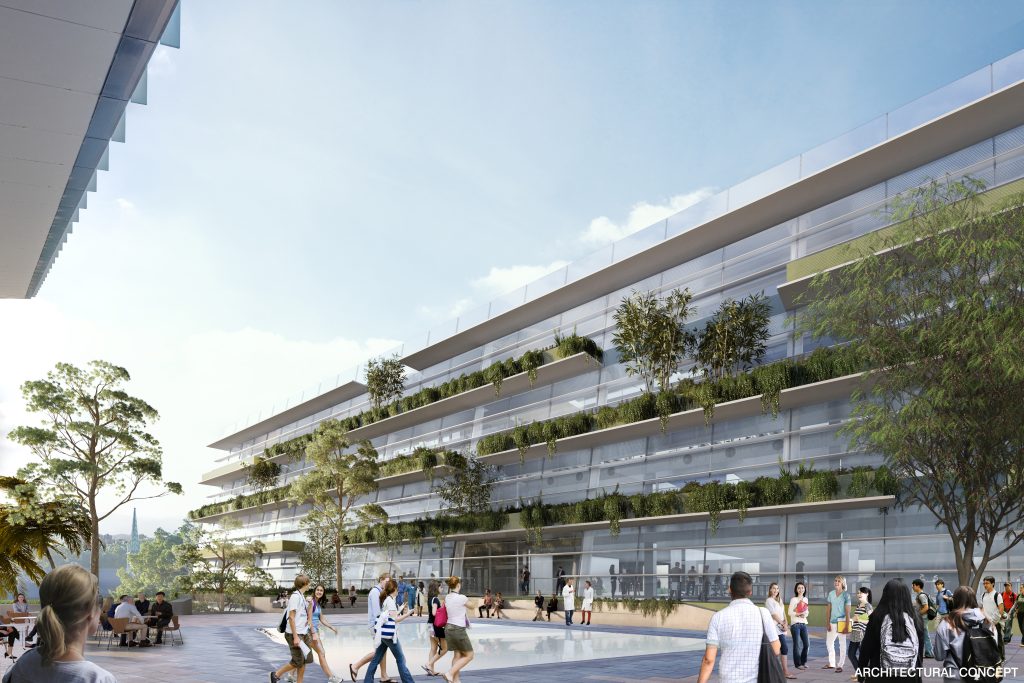
AI cannot design for the human condition
Artificial Intelligence (AI) is seemingly here to stay, and is finding its way into numerous industries to both the apprehension and excitement of many.
Regarding AI’s role in architecture and design, Fleet acknowledges that while it could be an aforementioned time-slashing tool, there are issues surrounding its accuracy and veracity of information, and related issues such as intellectual property rights.
“At HDR, we’re just at the start of exploring how AI may impact the industry. In many ways, it frees up time and short circuits areas of the design process – some AI programs will produce a thousand different iterations and sketches quickly, and there is benefit in that,” admits Fleet.
However, this artificial intelligence is not always so intelligent.
“At the moment, AI doesn’t understand what it’s drawing. There’s no logic to it. It is simply processing a million previous images and extrapolating different outcomes. It doesn’t know why a bridge stands or falls – it always requires human intervention,” says Fleet.
Australia’s rich appreciation of architecture
In preparing for the potential challenges over the next five years by designing extreme-weather proof spaces, minimising waste and considering architecture’s duty to leave behind a thoughtful and kind ecological footprint, Fleet notes the Australian design landscape’s admirable position.
“Public understanding and appreciation for design in Australia is reasonably sophisticated,” says Fleet.
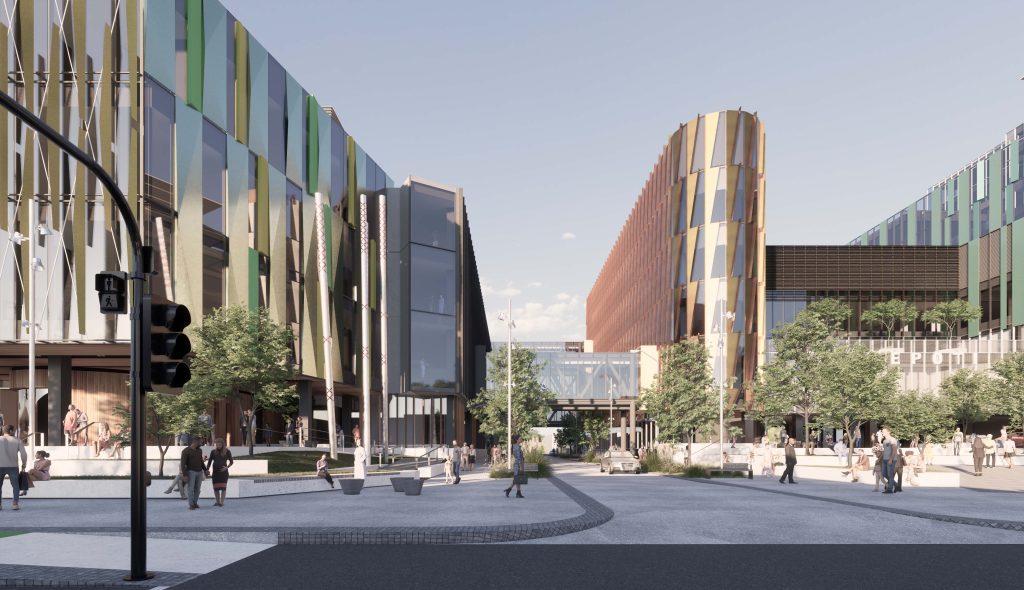
He praises New South Wales in particular for how state design review panels and jurisdiction herald design as a vessel for delivering public good and connecting with Country.
“New South Wales excels in encouraging public scrutiny of private endeavour – there’s an entire discussion around the public realm in Sydney that is to the great benefit of the city. The idea of public space absolutely enriches society, communities and people,” says Fleet.
Going beyond the brief
Fleet concludes that HDR is guided by the three Rs – regenerative design, reconciliation and resilience.
Regenerative design moves beyond the brief of making a building sustainable or carbon neutral – it involves regenerating a place.
Second, reconciliation involves reconnecting with First Nations cultures and communities. “We need to reintegrate that amazing body of knowledge across 60,000 years into our buildings and societies,” says Fleet.
Last, and in line with HDR’s third R, Fleet is adamant that architecture must design buildings – and subsequently communities – that are inherently resilient, as our climate evolves and becomes more unforgiving.
Fleet reflects on how 10 years ago, the built environment world was not having these conversations, or at least not with the same enthusiasm and zeal as today.
“We are having a more sophisticated and interconnected design conversation right now than we have had historically,” he concludes.
Featured Image: Westmead Hospital Redevelopment by HDR.
Check out HDR associate directors Amy Papas and Simone Benvenuti discussing the fusion of science and architecture.
















